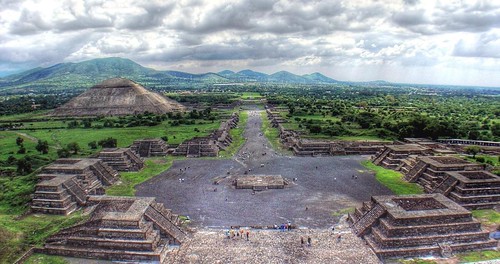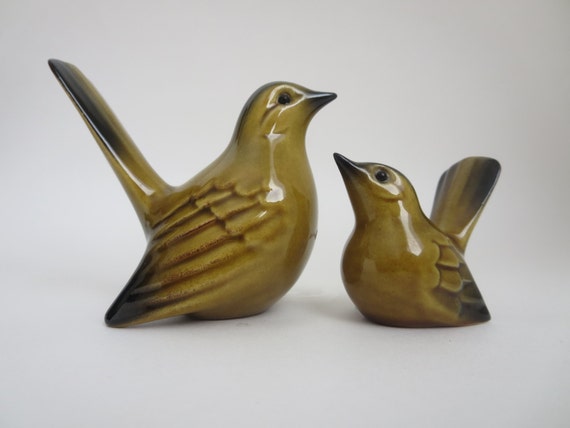As a new world was discovered, so were new (yet old)
civilizations. This period would be known as the Americas, from 200 B.C. to
1521 A.D. With these ancient times came ideas close to those of the Egyptians
of new architecture and design but in a different geographical setting and
climate.
As we went through the powerpoints in class, I found the
Teotihuacan civilization very remarkable. This civilization dated 250 B.C. to
900 A.D. and is derived from the phase “place of the gods.” Aside from the
entire civilization being very monumental the ceremonial center and overall
city layout was very extraordinary. Below are images of the ceremonial center. These images don't even begin to describe how grand the actual temples are.


Along with the ancient monuments built by the
Teotihuacan, they also had common motifs which were identified with their
culture. These included: birds, butterflies, flowers, and abstract signs. These
motifs were commonly used in daily design, along with design today.
Below is an example of a Teotiuacan pott, which was shown in class.

Below is an example of how birds are used today in design to add something to a space.

Below is an image of an outdoor space this gives this emphasize on overall old American style and how it is still used today in current applications.

Fir the period of the Americas, I reviewed Margaret and Emily P.'s blogs. Both blogs had reviewed the civilizations discussed in class. Margaret discussed the Olmecs and how jade stone was very treasured by this civilization and brought great aspects to design. Emily's blog, which I have reviewed before, talked about the Mayans and their three unqiue contributions of the ball court, the castillos, and the chacmools. Both posts talked about civilizaions that I did not discuss in my blog and I found them very interesting.
References
- http://farm1.static.flickr.com/80/249289782_cb4bb4d4e3.jpg?v=0
No comments:
Post a Comment